“Petting a Tiger Shark” is one of many promotional videos for the GoPro camera. The video itself is only about 1:45 seconds long, but it contains many examples of what Malamud discusses in Zoo Spectatorship. This ad depicts a professional team of divers descending into the ocean with a carton of fish and an intention to film, feed, and pet a Tiger Shark. The video starts with the focus on the divers jumping off the boat and making their way down to the ocean floor, while creepy and suspenseful, albeit dream-like, music plays off in the background. The song is San Fermin’s “Sonsick”. The music picks up when we see the first shark swimming alone on the floor, circling near the diver. The climax of the song occurs next – when the diver offers a piece of fish up to the shark, and it takes it while continuing to swim past the diver. Then, with the piece of fish still in the shark’s mouth, we see a hand come up into the frame and stroke the underbelly of the shark. The shark seems to pay little attention – continuing on with his way, but he does circle back for more food. The diver again reaches out to touch the shark, who this time immediately jerks away. Another piece of food is offered in the next shot, and then the diver continually rubs the shark’s face. Surprisingly, what happens next looks like the shark is not only complying, but at ease with the contact. This is a conflicting scene for me – it seems as though it was edited to slow down the frame, to make it seem as though the diver was petting the shark for longer than he actually was. Also, the diver has both hands holding the shark’s head, and the shark twists their body slowly upon contact and lies on the seafloor. It’s hard to tell whether or not this reaction is one of compliance, comfort, or an attempt to wiggle away from the hands of the diver. The video ends with a tight shot on the shark’s face, focusing on its’ eye, while the lyrics in the song coo: “don’t be scared” – a conscious editing decision intended to pair the suspense of the song with the mystery and intimidating attitude of the shark.
Many concepts Malamud explores in Zoo Spectatorship are present in this short video clip. The first concept is feeding animals – one that the diver in this video does multiple times. Malamud quotes Mullan and Marvin in his argument, stating: “rather than the animals needing to be fed, it is humans wanting to feed them…the humans demand to be noticed by the animals”(225). This scenario is very similar – despite the fact that the human is in the shark’s natural habitat; the shark is not in a zoo. However, this diver still wants to be noticed by the shark by feeding it, he wants to be able to pet it, touch it, connect with it…even though the shark simply grabs the fish and continues swimming, paying little attention to the diver himself. Another quote from Malamud elaborates on the dynamic between humans feeding animals, saying that “the act is generous and the pleasure is innocent, although both derive from a base of superiority and power…making another being eat out of your hand – that yields a special thrill…if it is large enough to crush us”(225). We see this same dynamic in this video clip – although the act is innocent, the diver is still in control of the situation. The shark is still wild, but a human is still imposing their presence in the animal’s natural environment, attempting to understand, be there for, and be recognized by the animal. When the diver touches the shark, attempting to pet it similarly to the way one would pet a domesticated dog, the act is definitely made out of curiosity, wonder, and possibly appreciation. However, the shark can’t but “disappoint”, as Berger discusses, because the shark’s gaze is fleeting. The shark is simply there for the food, not because the animal wants to indulge in a friendship. We see the shark jerk away from the human’s touch to his face, but the human is persistent in continuing to pet and touch the shark.
Despite these arguments against the diver, Malamud would most likely prefer this scenario over one where the shark is trapped inside a tank. The diver is only a visitor, and a generous one at that. Despite the diver indulging in a dominant behavior, possibly a “voyeuristic” behavior as Malamud discusses, the human is not caging the shark or trapping it – a positive alternative to restricting the shark to a life inside a tank.
Works Cited:
Malamud, Randy. Zoo Spectatorship. New York: New York University Press, 1998.
Nimmo, Cameron. “GoPro: Petting A Tiger Shark.” YouTube. YouTube, 12 Aug. 2014.
Web. 06 Nov. 2014.
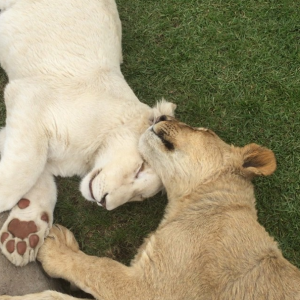
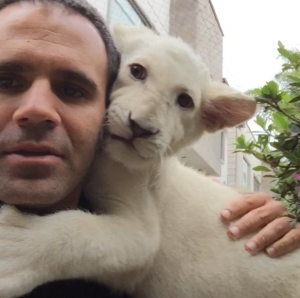
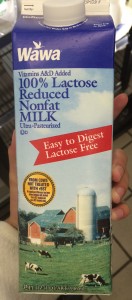
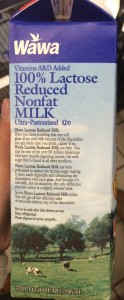
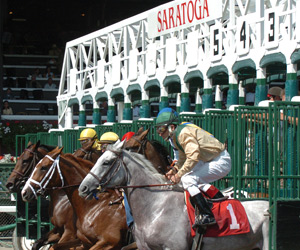

Recent Comments